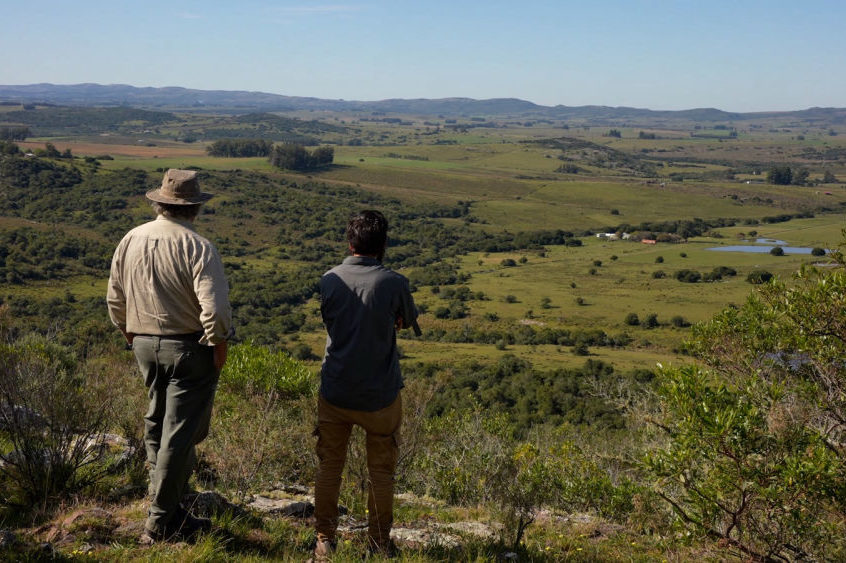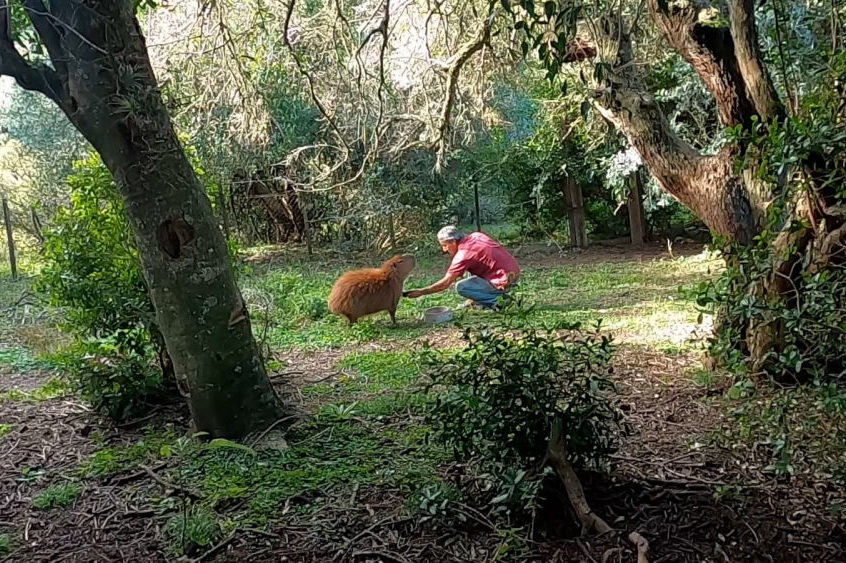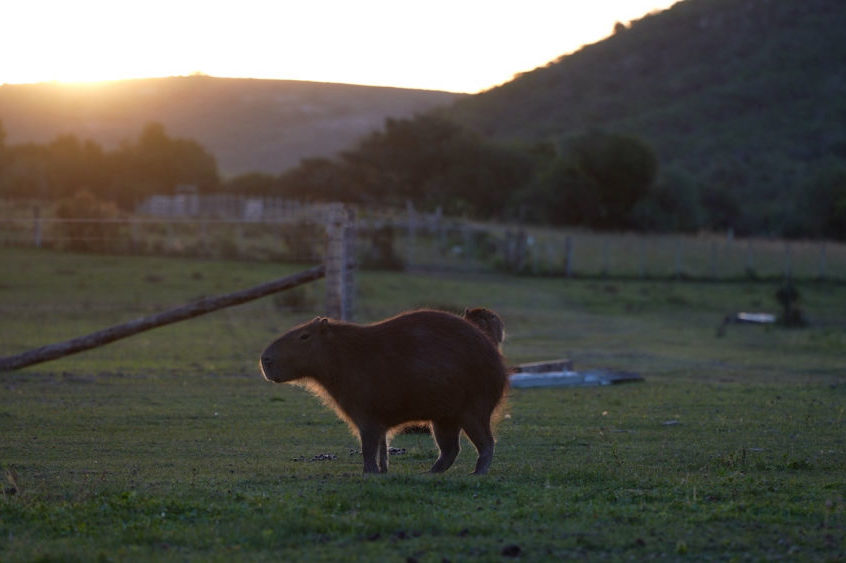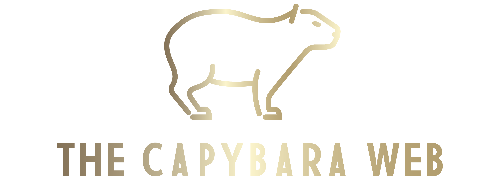We are a family business dedicated to breeding the native species Capybara (Hydrochoerus hydrochaeris) for commercial and recreational purposes, with the main objective of providing distinctive quality and animal welfare.
Location
Our breeding farm is located at the foot of Sierra de los Caracoles in the Department (Province) of Maldonado, 25 km from the city of San Carlos, and 45 km from the city of Punta del Este.
History
The breeding farm “Los Capibaras” started by the end of 2006 when the first capybaras arrived at our farm which for over 30 years had been dedicated to breeding sheep. Traditionally wool sheep had been our main activity. The purpose of having these capybaras was to diversify the farm’s activities as a complementary and synergistic activity. In early 2008, by Resolution MGAP /RENARE Nº 08/08 we were authorized to breed and commercialize this native species; and later registered at DINABISE, (National Bureau of Biodiversity and Ecosystem Services) of the Ministry of Environment.
A vast empirical expertise has been accumulated over the years of working in capybara breeding, especially on management, behaviour, and adaptation to captivity conditions.
Environment
Our capybara breeding is based on natural pastures, native forest, and artificial watering places, created to provide an ideal environment for them. This kind of environment also offers shelter to different species of our native fauna. Along the perimeter of the farm runs a water stream, a tributary of Caracoles Creek, which flows from the hill ridges through an important native forest, with a wide botanical variety that also shelters many species of animals. More than 140 species of birds have already been identified within the farm limits.
In terms of fauna there is an enormous variety of birds. Other animals that can be seen are: Nine-banded Armadillo (Dasypus novemcinctus), Southern Long-nosed Armadillo (Dasypus hybridus), Pampas Fox (Pseudalopex gymnocercus), Margay cat (Leopardus Wiedii), Grey Brocket (Mazama gouazoubira).
Our establishment has a protected area of 20 hectares, with livestock exclusion system, with specific entry points that allow us to observe the regeneration of the native forest and its associated fauna.

The Crew
A vast empirical expertise has been accumulated over the years of working in capybara breeding, especially on management, behaviour, and adaptation to captivity conditions.

The Environment
Based on natural pastures, native forest, and artificial watering places, created to provide an ideal environment for them. This kind of environment also offers shelter to different species of our native fauna.

Get your Capybara from us
Capybaras can be ornamental animals as long as their specific needs are met: a place to shelter and protect themselves, grass, and straw, plus a shallow water bodyfor their essential aquatic life; all of this, within a fenced area. Feeding is also a crucial element, but it does not imply an excessive cost that prevents their breeding.
